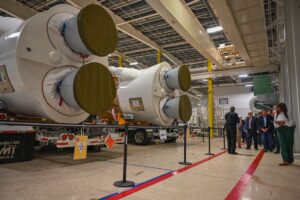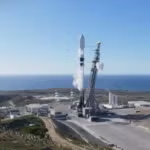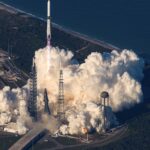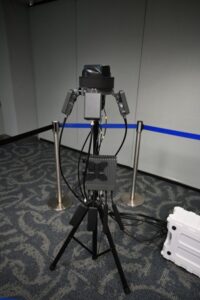
The House Appropriations Committee's version of the fiscal 2022 defense funding bill advises the U.S. Space Force (USSF) to hone its acquisition strategy to reduce duplication of effort. "The committee remains concerned that the Air Force has not taken more aggressive action in addressing longstanding space acquisition issues and has made little progress in defining what the Space Force will be doing that is fundamentally different than when it was a component of the Air Force," per the committee report…














